How We Spotted a Fake Resume (And What We Learned)
A Hiring Story Gone Wrong
Consider you’re a hiring manager at a buzzing tech company, sifting through a pile of resumes to find your next star employee. That’s where we were at Mavlra Corporation., a mid-sized tech firm looking for a senior software engineer to lead an exciting AI project. Then came Aniket’s resume—practically glowing with a master’s degree from a top university, eight years at big-name tech companies, and a laundry list of certifications in machine learning. It was love at first sight… or so we thought.
When Things Didn’t Add Up
Our hiring manager, Aniruddh, was thrilled to chat with Aniket during the initial phone call. But something felt off. Aniket’s answers about his past projects were fuzzy, like he was dodging questions with talk of “confidentiality.” When pressed on specifics, like his experience with neural networks, he stumbled. Aniruddh gave him the benefit of the doubt—maybe he was just nervous?—and moved him to the technical interview.
The technical round was a wake-up call. Aniket’s resume screamed “Python and TensorFlow expert,” but he couldn’t solve a basic coding problem or explain concepts he supposedly mastered. His references? Unreachable. His LinkedIn? Barely a profile, with zero connections from the companies he claimed to have worked for. The red flags were waving, and we couldn’t ignore them.
Digging for the Truth
Aniruddh’s team rolled up their sleeves and got to work. We called the background check team to verify the university listed on Aniket’s resume—surprise, no record of his. A quick check with one of his “past employers” confirmed he’d never worked there. It turned out Aniket had spun a web of lies, piecing together a fake resume with job descriptions plucked straight from the internet. Ouch.
The Fallout
Finding out Aniket’s resume was a sham stung. This’s what it cost us:
- Wasted Time: We poured over 20 hours into interviews, coding tests, and chasing down his fake credentials.
- What-If Worries: If Aniket had slipped through, his lack of skills could’ve tanked our project and upset our clients.
- Team Frustration: Our hiring crew started questioning if our process was solid enough to catch this kind of thing.
What We Learned (The Hard Way)
This whole mess taught us some big lessons about hiring. This’s what we took away:
- Trust Your Gut: If a candidate’s answers feel vague or off, don’t brush it aside. Dig deeper right away.
- Check Credentials Early: Verifying degrees and work history before the interview stage saves everyone time.
- Use Smart Tools: Platforms like MyHiringPartner.ai can help spot resume inconsistencies with AI-driven screening, making it easier to catch fakes.
- Train Your Team: Teach your recruiters to spot warning signs, like generic job descriptions or sketchy references.
- Make References a Must: Always verify references and cross-check them with the listed employers.
How We Fixed Our Process
We didn’t just shrug and move on. This’s how we tightened things up at Mavlra Corp:
- Pre-Screening Checklist: We now verify education, certifications, and work history before anyone gets an interview.
- Tough Tech Tests: Our coding challenges and scenario questions are now laser-focused on the role’s needs.
- Red Flag Radar: Our team got training to spot dodgy answers or inconsistencies early on.
To make things even smoother, we started exploring tools like MyHiringPartner.ai, which uses AI to streamline resume screening and flag potential issues before they become problems.
Wrapping It Up
Catching Aniket’s fake resume was a bit like finding out your dream date was a total catfish. It stung, but it made us smarter. By revamping our hiring process, we’re now better at spotting genuine talent and keeping the fakes at bay. In a world where anyone can whip up a polished resume, staying sharp and using the right tools is everything.
Ever had a hiring hiccup that made you rethink your process? Drop your story in the comments or check out how MyHiringPartner.ai can help you hire smarter!


